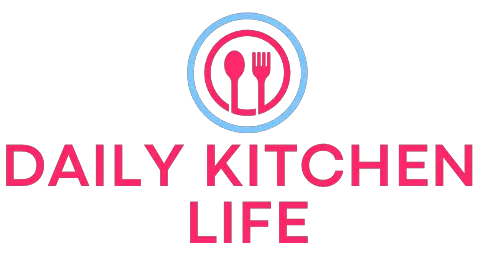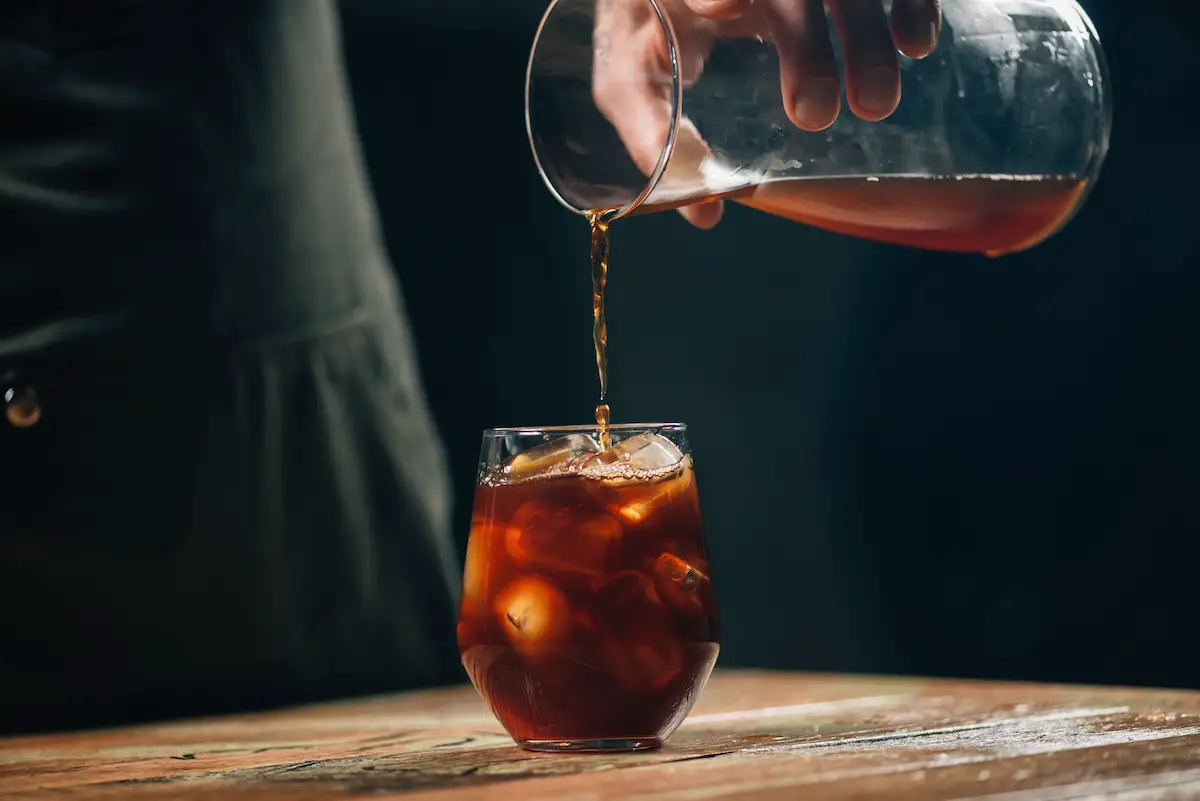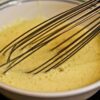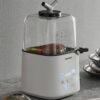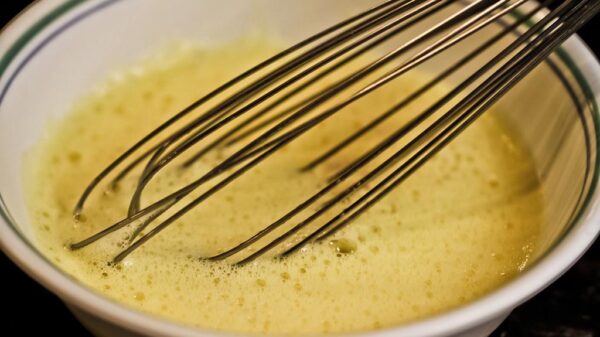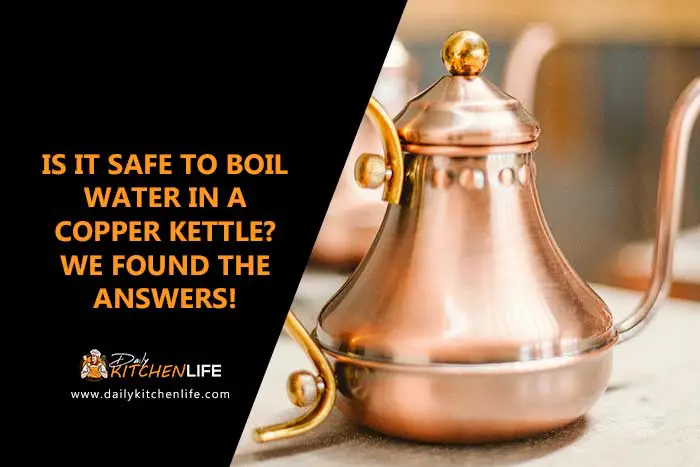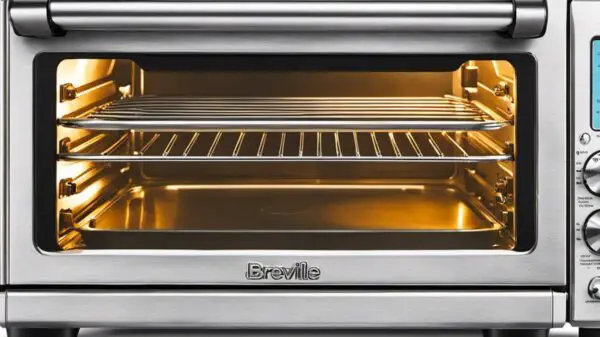Which Has More Caffeine: Cold Brew or Drip Coffee
Whether I need some serious help staying awake or want to avoid the jitters, I like knowing which beverages have the most caffeine. I’ve often heard that cold brew coffee has far more caffeine than drip coffee, and I decided to look into that claim. So, does cold brew have more caffeine than drip coffee?
It depends. Cold brew can have more caffeine than drip coffee depending on the amount and types of beans used. However, typically drip coffee has more caffeine than cold brew, depending on the brand.
There are a lot of factors that go into determining how much caffeine a beverage has, from temperature to bean type.
Cold Brew Vs. Drip Coffee Caffeine Levels
Every cup of coffee is different, thanks to several factors. This makes it difficult to determine whether cold brew or hot drip coffee has the most caffeine.
In general, though, drip coffee has more caffeine than cold brew. This is because hot water extracts more caffeine from the grounds than cold water does. However, cold brew coffee typically uses more coffee grounds than drip coffee does, so depending on how long they’re allowed to soak in the cold water, they may release just as much if not more caffeine.
In addition, the type of coffee bean used plays a significant part in any coffee beverage’s caffeine level. Robusta beans, for example, contain more caffeine than Arabica beans, so if you’re using robusta beans in your cold brew, it may contain more caffeine than drip coffee made with Arabica beans.
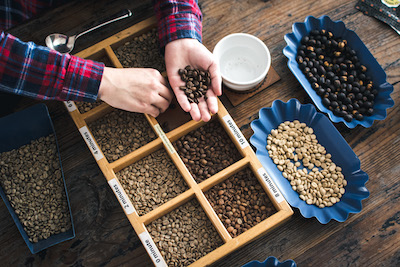
How Brands Can Change Caffeine Levels
When comparing cold brew and drip coffee, the answer to which one has more caffeine depends on a variety of factors and will likely change depending on the brand you’re considering. Take two of the most popular coffee shops in the U.S.: Starbucks and Dunkin’ Donuts. When you look at how much caffeine each of their beverages has, you’ll notice that they stack up differently for each brand.
Here are the caffeine levels for each of these 16-ounce Starbucks drinks:
- Pike Place Roast: 310 mg
- Starbucks Reserve Cold Brew: 200 mg
- A single shot of espresso: 150 mg
In comparison, here are the caffeine levels for some popular 14-ounce Dunkin’ Donuts beverages:
- Brewed Coffee: 210 mg
- Cold Brew: 260 mg
- A single shot of espresso: 118 mg
As you can see, Starbucks’ cold brew has less caffeine than its Pike Place drip coffee, while Dunkin’ Donuts’ cold brew has more caffeine than its drip coffee.
So, when it comes to cold brew or drip coffee having the most caffeine the answer is not as straightforward as you might hope. It depends on many factors, including the brand, bean type, and size of the cup. If you want to know for sure how much caffeine your favorite beverage contains, check the label or ask your barista.
Why the Amount of Caffeine Matters
It’s essential to know the amount of caffeine you’re consuming, as too much can have undesirable side effects. Too much caffeine can put a strain on the body and lead to jitters, insomnia, nausea, and headaches, as well as dehydration. While these are unpleasant, an excess amount of caffeine can also lead to more serious health concerns, such as irregular heartbeats and increased blood pressure.
If you have any of these medical conditions, you might want to limit your caffeine intake, as it can make them worse:
- Anxiety
- Acid reflux, GERD, or heartburn
- Overactive bladder or urinary incontinence
- Glaucoma
- Epilepsy
Women who are pregnant or breastfeeding should also be mindful of how much caffeine they’re consuming, as it can pass into the baby’s system. Children and adolescents are also encouraged to limit their caffeine intake, as it has a stronger effect on their smaller bodies.
If you fall into any of these categories, it’s best to consult your doctor regarding any questions or concerns you may have about caffeine consumption.
Even if you don’t have any underlying medical conditions, remember that while drinking coffee can be part of a healthy lifestyle and is associated with many benefits, moderation is key. Keep track of how much caffeine you’re consuming each day and be aware of the potential risks associated with too much.
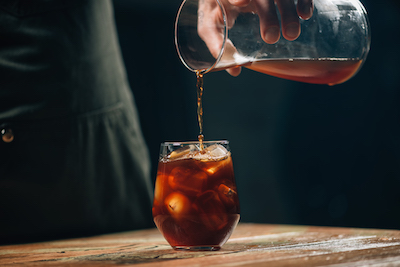
Health Benefits of Drinking Coffee
Despite some potential risks associated with caffeine consumption, drinking coffee can also be beneficial. Not only does it offer a boost of energy, but studies have shown that it may also help lower the risk of developing certain diseases and can even improve physical performance.
Here are some of the possible benefits of drinking coffee:
- Lower risk of Type 2 diabetes
- Reduced Alzheimer’s and Parkinson’s disease risk
- Lower risk of heart failure or stroke
- Better weight management
- Increased alertness and concentration
- Reduced inflammation
- Improved physical performance during exercise
- Decreased depression symptoms
- Protection against liver damage and disease
In addition to promoting better health, coffee is also thought to contain powerful antioxidants which can protect our cells from damage and help fight chronic diseases.
The key to unlocking these potential benefits is moderation – drinking too much coffee can lead to adverse effects, so it’s important to stay within recommended limits. The American Heart Association advises that adults consume no more than 400mg of caffeine in a day (or about 4 cups of coffee).
Ultimately, the amount of caffeine you want to consume is a personal decision, based on factors such as dietary preferences and health concerns. Talk with your doctor if you have any questions or doubts about how much caffeine is right for you.
Caffeine Levels in Other Beverages
Though coffee is widely known to contain some of the highest caffeine levels among popular beverages, other drinks also contain varying amounts.
Here are the average caffeine levels found in common beverages:
- Coffee (8oz): 95-200mg
- Tea (8oz): 40-70mg
- Energy Drinks (12 oz): 30-100mg
- Soda (12 oz): 20-50mg
- Chocolate Milk (8oz): 5-10mg
- Hot Chocolate (8oz): 2-7mg
- Decaffeinated Coffee (8oz): 2-5mg
Remember that these are just estimates – depending on the brand and type of drink, caffeine levels can vary. For example, some brands of energy drinks may contain as much as 242mg of caffeine in a single can, and soda brands vary wildly in how much caffeine they contain as well.
It’s important to check the labels on your drinks for an accurate representation of their caffeine content and make sure you’re not exceeding your daily limit.

Related Questions
What is cold brew?
Cold brew coffee is a type of coffee that’s made by steeping ground coffee beans in cold or room-temperature water for an extended period of time. The result is a smooth, less acidic cup of coffee with a richer flavor than traditional hot brewed coffees.
How is a cold brew made?
To make cold-brew coffee, add coarsely-ground coffee beans to a large container. Fill the container with cold or room-temperature water. Then stir to combine, and let sit for 12-24 hours at room temperature.
Once the desired brewing time has passed, strain out the grounds using a sieve or cheesecloth. Then store the concentrated cold brew in an airtight container in the refrigerator. To serve, add cold brew to a glass of ice cubes and top with milk or cream as desired.
Is cold brew the same thing as iced coffee?
No, cold brew and iced coffee are not the same. Iced coffee is made by brewing a cup of hot coffee and then pouring it over ice. Cold brew, on the other hand, utilizes cold or room-temperature water to steep the beans for an extended period to extract their flavor. As a result, cold brew has a smoother, less acidic taste than iced coffee.

